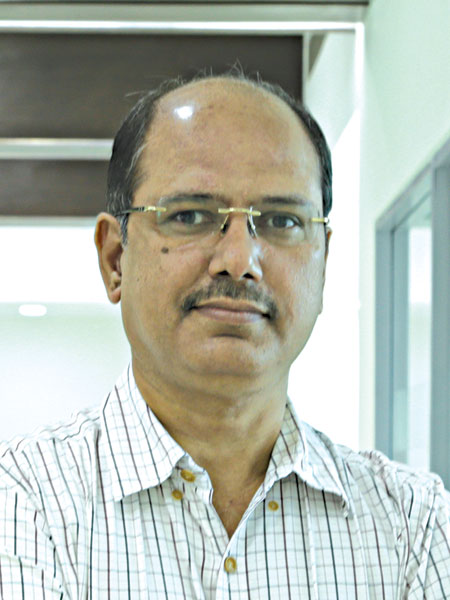The states need to increase focus on constructing bridges and flyovers
Of the total bridges and flyovers, 15 percent are in the National Highway Development Programme (NHDP) while remaining 85 percent are with states, where the pace of work is slow. However, more than 70 percent traffic runs on these 15 percent bridges and flyovers. The states need to increase focus on constructing bridges and flyovers.

- R Anantakumar
Director (Operations) & Urban Infra BU Head, Afcons Infrastructure
How do you look at the prevailing scenario in bridges and flyovers?
Of the total bridges and flyovers, 15 percent are in the National Highway Development Programme (NHDP) while remaining 85 percent are with states, where the pace of work is slow. However, more than 70 percent traffic runs on these 15 percent bridges and flyovers. The states need to increase focus on constructing bridges and flyovers.
In congested metropolitan cities such as Mumbai, Bangalore, and Kolkata, the construction of multi-layer flyovers and bridges is the need of the hour due to the issue of right of way. These states need to focus on building multi-layer bridges and flyovers to avoid inconvenience. Notably, Afcons is constructing Asia's longest double-decker (multi-layer) Metro viaduct at Nagpur. The first level will be for NHAI and top level for Metro.
The states also need to consider constructing steel bridges instead of concrete ones. The construction of steel bridges would be less inconvenient to the people, because it requires approximately 35% time compared to the time required for construction of a concrete bridge.
Can you give us an overview of your bridge project on the Mumbai-Pune Expressway Missing Link?
The Mumbai-Pune Expressway Missing Link project has been divided into two packages. Afcons is executing Package-II which comprises widening of the existing expressway from six lanes to eight lanes, construction of two viaducts, including a cable-stayed bridge in one of the viaducts, approach roads, slip roads among various other features.
The foundation works for Viaduct-I which is about is 850 m long has been completed and the launching of pre-tension girders and deck panels is in progress. Viaduct -II, where the cable-stayed bridge is being constructed, is about 650 m long. The bridge will be at a height of 132 m from ground level which will be the highest for any road project in the country.
At present, the construction work of the foundation, piers and pylons is being undertaken in Viaduct-II. The highest pylon in this viaduct would be 182 m from ground level, and this would also be the highest in any road project in India. Work on Package-II of the Mumbai-Pune Expressway Missing Link project began in 2019 and will be completed in 2024.
What kind of technologies and methods are being used in this project?
In Viaduct II, self-climbing shuttering method, which is automatic climbing formwork system, will be used to construct the pylon. The system is designed specifically for each pylon shape. The pouring height is 4 m. A ladder system is provided within the system to ensure safe vertical movement and access between the different platform levels.
For the construction of the deck, the Cantilever Form Traveller (CFT) will be used to cast the deck of the bridge for up to 9 m length. After casting the 9 m segment, the formwork will be released with the help of hydraulic jacks and the entire setup will be pushed forward for the casting of next segment of 9 m length.
This entire setup will have both vertical as well as horizontal access to specific locations guided with the metal railing for safe working of manpower.
In Viaduct I, the slipform technique is being used for construction of piers. For the erection of I-girders, a launching gantry, which is designed in-house, is being used. The launching gantry is also being used for erecting precast deck slab panels for simultaneous completion of the deck slab.
Hits: 2

















